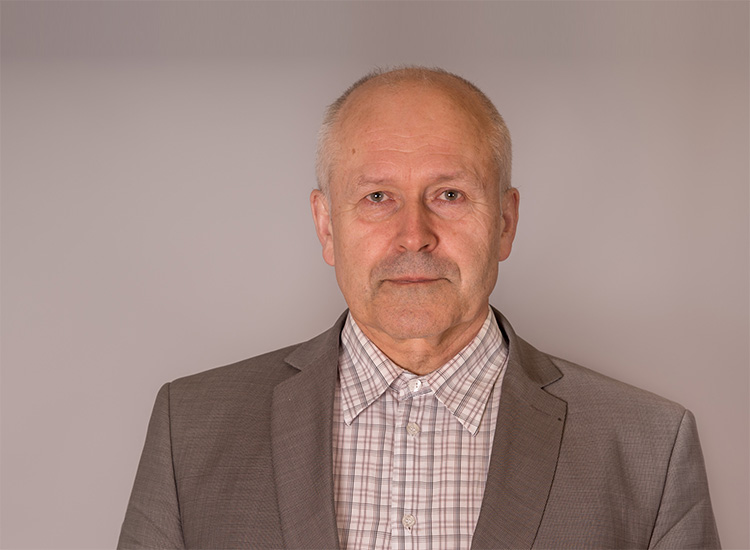Synthesis of highly convergent finite element models for short wave propagation
The presented approach for reducing the phase and group errors in short wavelength pulses propagation modeling is based upon the modal error minimization. The computational model is built of alike component substructures (CS) the matrices of which are obtained by modal synthesis. The necessary modal properties of component substructures are established by solving the cumulative modal error minimization problem for a sample domain the exact modal frequencies of which are known theoretically. Modal frequencies and shapes of the component substructure are used as the design parameters for the modal error minimization problem. After the matrices of a component substructure are obtained, they can be used to form any structure higher-order elements. Earlier the approach has been demonstrated to work well in 1D case. In this work the results for 2D rectangular meshes describing elastic and/or acoustic wave propagation have been obtained. As a result, models having up to 80% of modal frequencies with an error less than 2% can be obtained by using the optimized component substructures. Though the synthesized mass matrices are non-diagonal, the obtained dynamic models are able to simulate short transient waves and wave pulses propagating in elastic or acoustic environments by using only a few nodal points per pulse length.
| Miestas | Orlando |
| Leidėjas | International Institute of Informatics and Systemics, 2005 |
| Publikacija | WMSCI 2005 : proceedings of the 9th World Multiconference on Systemics, Cybernetics and Informatics, July 10-13, 2005, Orlando, Florida, USA, p. 136-141 |
| ISBN | 9806560639 |
| Duomenų bazė | ISI Proceedings |
